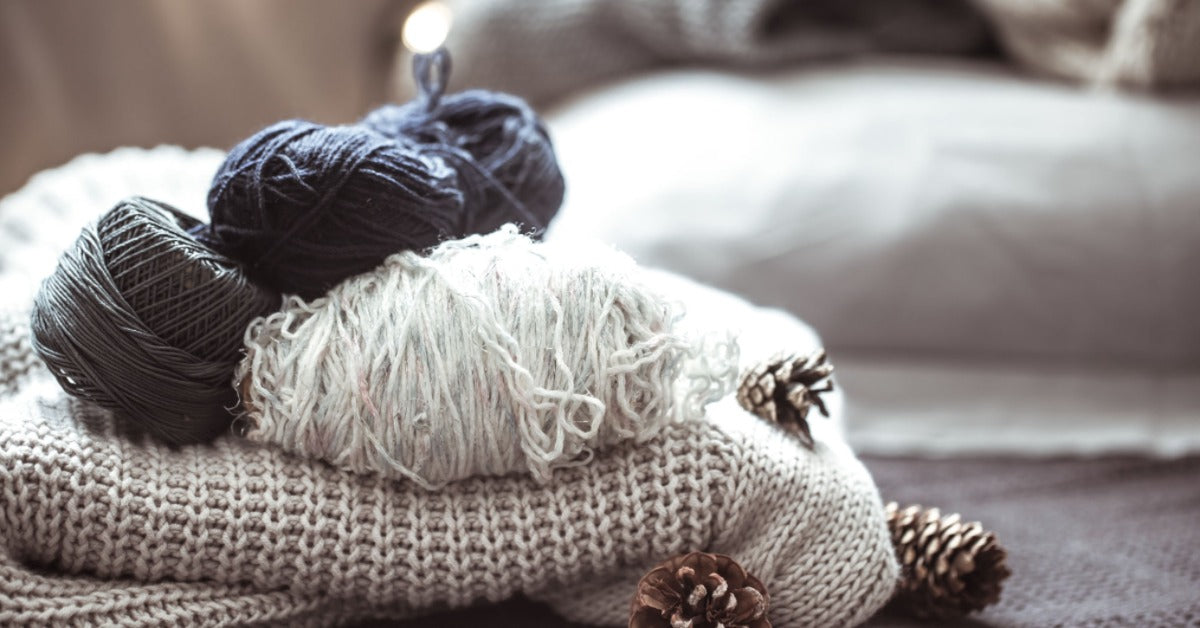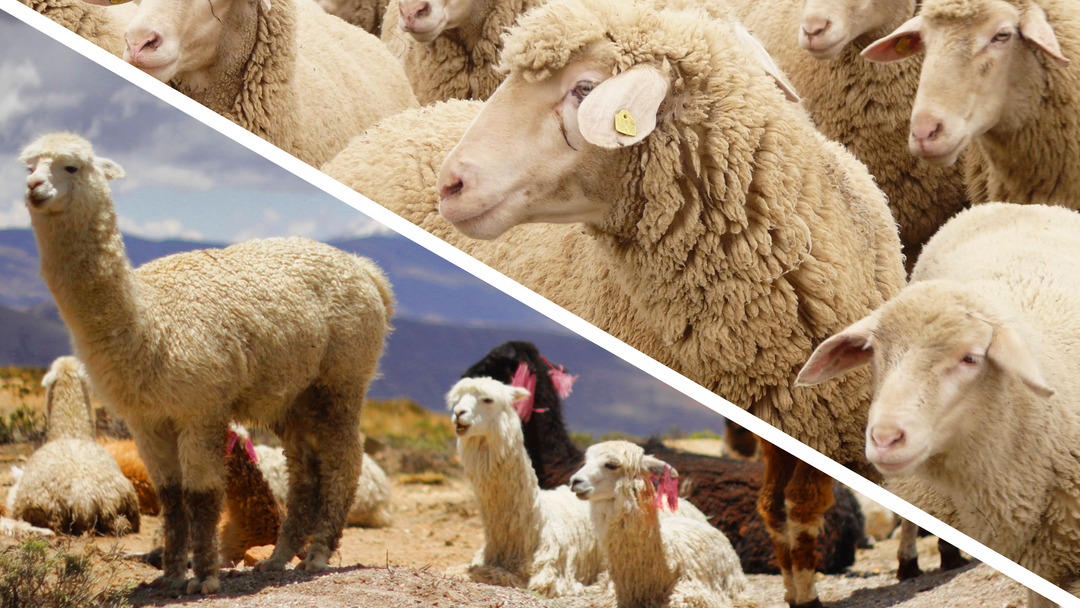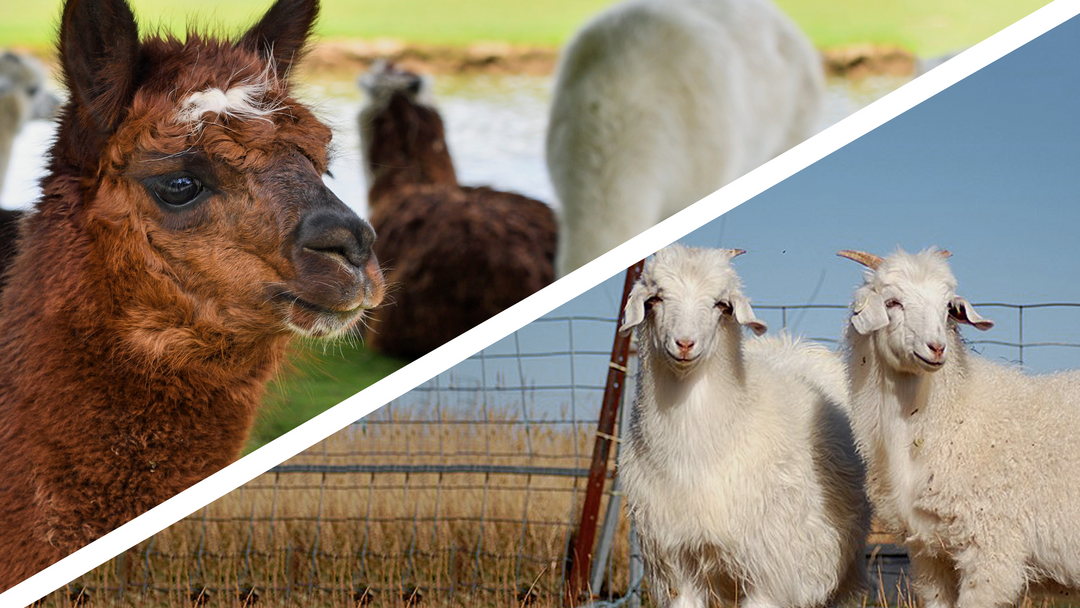In the world of textiles, wool and especially alpaca wool and merino wool are two of the most well-known and valued materials. In this article, we will explore the differences between these two types of wool in terms of quality and properties. The aim of this article is to help you make the right choice for your needs.
What is alpaca wool?
Origin and History of Alpacas
Alpacas originate from the Andean regions of South America, where they have been bred for thousands of years. The wool of these animals is an important part of the Andean culture, which is known for its craftsmanship and traditional weaving.
Properties of alpaca wool
Alpaca wool is particularly soft, light and warm. It provides excellent thermal insulation and is breathable at the same time. The wool is also hypoallergenic, as it contains no lanolin, and has a natural resistance to moisture. All these properties make alpaca wool a highly desirable material in textile production. Learn more about the properties of alpaca wool in our blog
Use of alpaca wool in textile production
Due to its excellent properties, alpaca wool is used in a wide range of products, including garments such as ponchos, scarves and socks, like capes and bed shawls.
Ponchos & Capes
Schals & Stolas
Accessories
If you want to learn more about alpaca products, don't forget to visit our blog where we tell you all about these fascinating products.
What is merino wool?
Origin and History of merino sheep
Merino wool comes from merino sheep, which originally come from North Africa and Spain. In the 18th century, they were exported to Australia and New Zealand, where they are mainly bred today. Merino sheep are known for their fine and soft wool, which is particularly suitable for the textile industry.
Properties of Merino wool
Merino wool is also soft, insulating and breathable. It is particularly fine, with fibres that are only about 15 to 24 microns thick. Merino wool is also odour-neutralising and moisture-regulating, making it ideal for outdoor activities or sportswear.
Use of Merino wool in textile production
Merino wool is used in a wide range of textile products, from garments such as jumpers, socks and scarves to bedding and carpets. It is particularly popular in the outdoor clothing industry as it is both thermally insulating and breathable.
Differences between alpaca wool and merino wool
Fibre structure and thickness
Both alpaca wool and merino wool have fine fibres, but alpaca wool is generally thicker than merino wool. Alpaca fibres are about 16 to 30 microns in diameter, while merino fibres are only 15 to 24 microns thick.
Warmth efficiency and breathability
Alpaca wool is warmer than merino wool because it offers greater thermal insulation due to its hollow fibre structure. However, both types of wool are breathable and moisture regulating, although merino wool is generally considered more breathable due to its finer fibres and higher elasticity.
Softness and comfort
Both types of wool are soft and comfortable against the skin, but merino wool is generally finer and softer than alpaca wool. This is because merino fibres are thinner and can conform to the contours of the body more easily.
Care and durability
Alpaca wool is more durable and less prone to pilling than merino wool. However, merino wool is easier to care for as it is usually machine washable, whereas alpaca wool should often only be hand washed.
Price comparison and availability
Alpaca wool is often more expensive than merino wool as it is rarer and considered a luxury item. Merino wool is more widely available and therefore more readily available, which translates into a lower price.
Uses of alpaca wool and merino wool
Garments
Both alpaca wool and merino wool are excellent for making garments. Alpaca wool is often used for jumpers, cardigans, coats, scarves, hats and gloves. Merino wool is particularly suitable for sportswear, outdoor clothing, socks, underwear, T-shirts and light jumpers.
Home textiles
Both types of wool are also ideal for home textiles such as blankets, pillowcases, rugs and bedding. Alpaca wool is particularly good for blankets and rugs due to its thermal insulation and durability, while merino wool is preferred for bedding due to its softness and fineness.
Accessories and handicrafts
Alpaca wool and merino wool are popular with needlework enthusiasts as they are well-suited for knitting, crocheting and weaving. Scarves, hats, gloves, baby items and other accessories can be made from both types of wool, with alpaca wool often used for warmer, more luxurious projects and merino wool for lighter, more breathable creations.
Industrial applications
Merino wool is more commonly used in industry than alpaca wool due to its fine fibres and higher elasticity. It can be used in technical textiles and composites and has applications in industries such as automotive and aerospace.
Conclusion
Alpaca wool and merino wool each have unique properties that make them suitable for different applications. Alpaca wool is warmer, more durable and often considered a luxury item, while merino wool is finer, softer and more breathable. Both types of wool offer many advantages for clothing, home textiles, handicrafts and accessories. Which type of wool is best for a particular project depends on the desired properties and intended use. To learn more about the diverse alpaca products, feel free to visit our Alpaca Shop and let us convince you of the quality and luxury of this special wool.











